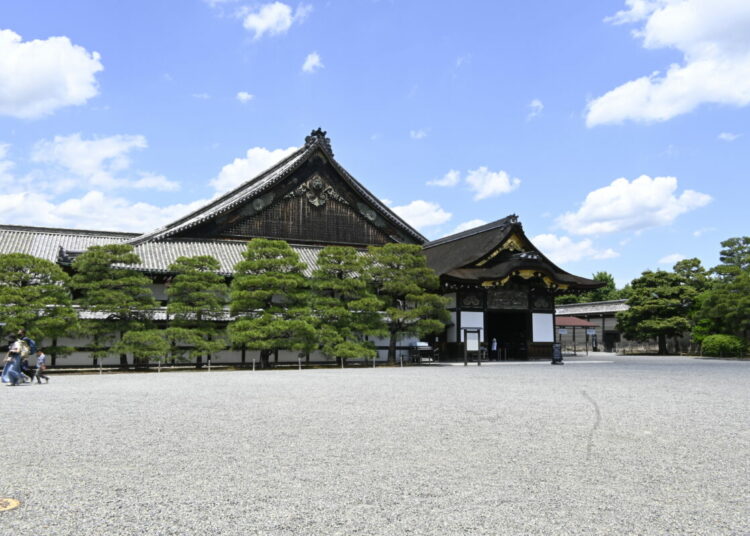Hello again from J-List. It’s time for another slice of life from your friends in Japan.
The Japanese name registry (koseki) is an interesting creation. Basically, every city, town or village keeps in its official records a listing of all the families that live in its borders, as an official registry of the population. When a woman gets married, she moves her name from her family’s registry to her husband’s, taking her husband’s last name and effectively becoming a part of that family permanently. The reverse works too: often, when a man moves in with his wife’s family, he takes her last name (my father-in-law did this). The registry system was first enacted in 645 AD, although the modern system dates from 1871.
There are some inflexible aspects to the registry system. For one thing, Japanese couples are still forbidden by Japanese law to take separate last names — they much both legally take either the husband or the wife’s last name. No doubt there is some sexism involved, but the bigger reason is probably because they don’t want this neat system that tracks every single Japanese citizen to get messed up. The other issue is foreigners: because we’re not Japanese citizens, our existence isn’t listed on the family’s official registry, except occasionally in a comments field. This leads to some embarrassing problems: once a child welfare employee was dispatched to our house to check up on what they thought was a poor single mother and her two children.
The concept of the family registry is closely tied to the family’s grave — there’s one large gravestone for each family, and to be part of a certain family means that you are interred inside there when you die. Our own family grave is located near our home, in one of many graveyards that dot rural Japan. Near the vernal and autumnal equinoxes, there are special memorial days called Ohigan (the o- is the honorific prefix that is used with many Buddhist terms), when the spirits of the departed come home for a visit. During this time, it’s customary to go visit the family grave, wash it with clean water, burn incense, and arrange special flowers for the dead, which you can buy these at 7-11. Ohigan are solemn Buddhist events in the Japanese calendar, but the most important Buddhist holiday are Obon, usually July 13-16, another time when the dead come home to spend some time for the living. During this time, many people return to their parents homes to visit (like Thanksgiving in the U.S.).
For the new update, the capable J-List staff has put together another top-notch selection of DVDs, toys, snacks, household items and other wacky items from Japan. Please browse the new items on the J-List and JBOX.com sites. We hope we can serve you in some way!
Remember that J-List carries excellent magazine by our “reserve subscription.” This means that you can get great anime, JPOP, fashion and other magazines sent to you as soon as the new issue is out in Japan — a few days earlier than newsstands receive them here, in fact. Two of the most popular items we make available are FRUiTS, the fabulous magazine of Tokyo street culture, and Megami Magazine, a gorgeous anime magazine that seems bent on giving away so many anime posters and other cool freebees that they lose money on every issue. Payment through any method is fine (credit card, check or money order, etc) and you can stop your subscription at any time.















